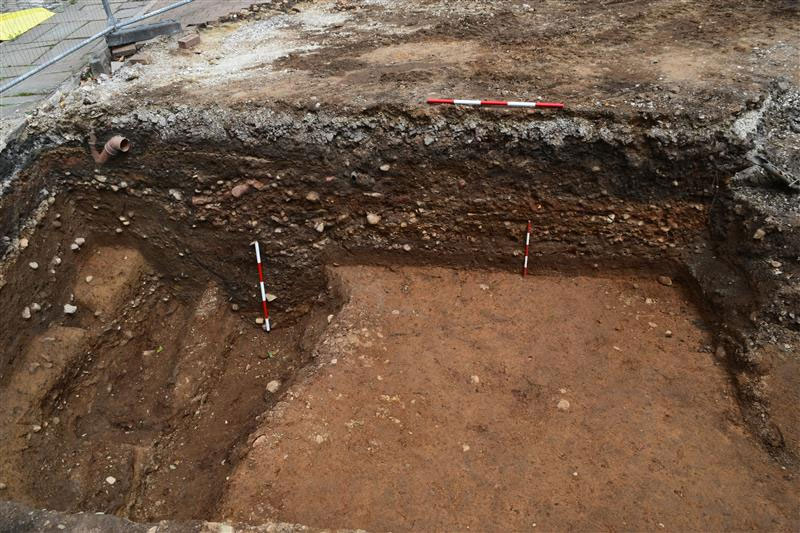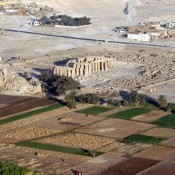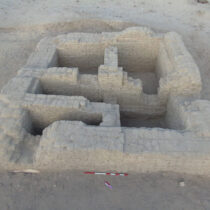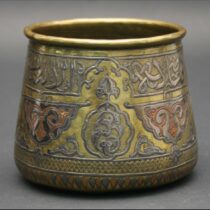A remarkably well-preserved Roman road has been discovered just beneath street level in central Manchester, near Castlefield on Liverpool Road. This significant find, revealed by archaeologists during a recent excavation, has been described as one of the most important Roman discoveries in the city in more than 20 years.
The excavation, conducted by archaeologist Graham Mottershead of Civic, brought to light layers of compacted gravel that made up the ancient road, along with signs of repairs over time — all indicators of the Romans’ advanced engineering skills. “I haven’t seen anything this significant in Castlefield for at least two decades,” Mottershead stated, calling the discovery “absolutely astonishing.” Remarkably, the structure showed no signs of potholes, a testament to its durability.
Alongside the road, a variety of Romano-British artefacts were unearthed, dating from the late 1st century to the early 4th century AD. These include industrial hearths, pottery, and decorative glassware, painting a vivid picture of the civilian settlement — or vicus — that once thrived near the Roman fort of Mamucium.
Ian Miller of the Greater Manchester Archaeological Advisory Service echoed the significance of the find, saying it was “the best Roman archaeology I’ve seen in the city centre in 20 years, probably more.” He noted how unusual it was to find something so well-preserved just 400mm below a modern city street.
The location is close to earlier Roman excavations carried out in the 1970s and 1980s. According to Miller, this latest discovery could be “the missing piece of the jigsaw” that links those earlier findings, potentially offering new insights into the layout and buildings of the ancient Roman settlement.
The excavation took place as part of a development project led by Allied London. The artefacts recovered are expected to go on public display after further analysis.





